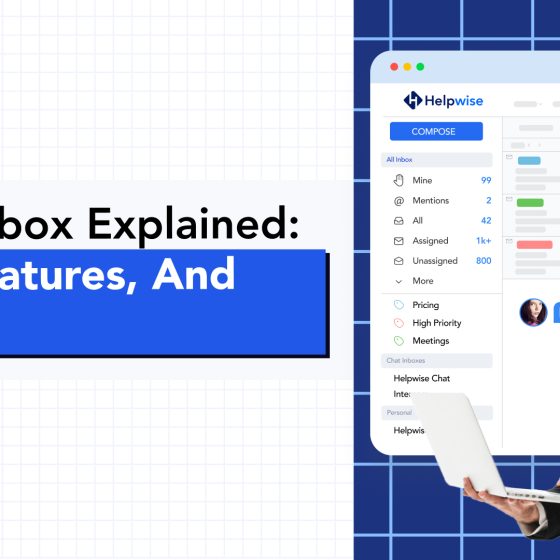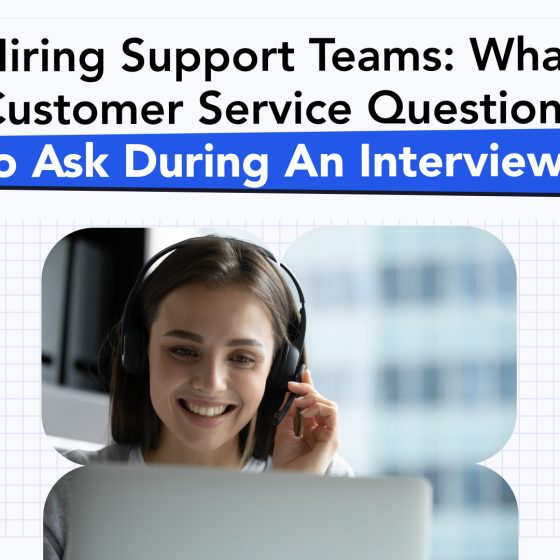A shared email account is a generic email mailbox with its very own email address. The email address is not associated with a dedicated user account. This means there’s no username or password affiliated with a shared mailbox.
Instead, every user can use their own credentials to open a shared mailbox. This will allow users to read or send emails from it. Emails sent from a shared mailbox will appear as sent from the shared email inbox address, not your personal account.
Shared mailboxes can be used for project-related emails or department related emails. As the sponsor of your shared mailbox, you’re responsible for deciding who has access and who doesn’t. Afterward, IT can add names of these people to the Access Control List for the shared mailbox.
You can have full control over who has access to your shared mailboxes or not. These could be either staff, faculty, students, or whomever else. But they’re not the same as having a shared email account.
To learn how they’re different, and which you should use, read this article!
The Issues With Shared Mailboxes
A shared inbox and a user mailbox can both be complex to navigate. Many people run into more issues with shared mailboxes, however. This is especially the case for the millennial generation who want mobile access 24/7.
Once you create a shared mailbox, there’s not a way to log into it. Lucky for you, it’s still possible. There’s a password generated by the system that allows you to change the password.
After you change the password, it’s possible to log into your account interactively. Yet, Microsoft does not recommend users doing this. The best practice is to disable the sign-in altogether.
To access this mailbox on the go or to use a third-party app to sign into the mailbox, you cannot disable sign-in. Instead, you should disable POP/IMAP and basic auth on the account. Then, consider a conditional access policy to restrict the overall exposure.
Let’s assume you want to reduce the risk of exposing your shared password. A group mailbox must be a licensed mailbox. And Microsoft, for example, won’t normally require you to license their shared mailboxes.
The loophole here is you can start using that shared mailbox as a “real” mailbox. It can be assigned to an archive mailbox or you can use litigation hold. Be mindful of using this great feature so you’re not also paying for that added security.
The Benefits of a Shared Email Account
There are many different things to consider about shared mailboxes. These shared mailboxes have some of the best benefits and none of the typical drawbacks.
With this type of shared inbox, you can now:
- Receive mail from inside and outside of the company
- Use an admin to turn the external piece on
- Send on the behalf of the group’s email address
- Have a shared calendar without contacts, tasks, etc.
- Group members can choose their inbox notifications settings
- Those who own the function can manage the membership without the help of IT
- Invite external members to collaborate within the group
- No associated user account to secure, manage, or license
The biggest benefits of a shared mailbox vs user mailbox are the new members seeing past emails in the group. Users can see past old and new emails, as well as choose a level of engagement. You can also turn off notifications for your user inbox.
Using Group Inboxes as an Alternative
Group inboxes are a strong middleman between shared and personal mailboxes. In fact, migrating from shared mailboxes to group inboxes is completely manual. The process involves renaming and deleting the old shared mailbox.
Next, you’d create a new group inbox to replace the old one. If you’d like to bring mailbox items over, they need to be manually copied. You could also drag and drop them into the group inbox.
You will also notice that it isn’t possible to create subfolders. There’s no need to panic, as the elimination of this feature can be very useful. It helps to organize more efficiently rather than having tons of meaningless folders.
The search feature is a sweet spot to not having subfolders. Many people favor this search feature over the chance of losing files in buried folders. It can be easier and more efficient to search through old items this way as well.
Keep in mind that there is no “sent items” folder for group inboxes. Any items sent on behalf or sent as will not be categorized. However, there is a “conversation” default view where you can see the conversation threads to see who responded to what and when.
Other Things to Consider
For those requiring an interactive login to mailboxes, then you should consider a real user mailbox. With a license attached, you can even choose to label it as a shared mailbox. It can still be treated as seriously as you would any other important piece of technology.
Some are still focused on having a shared mailbox with subfolders and shared contacts features. These allow people who have permission to look inside the mailbox on the web. You would still need to license it for certain features such as larger mailbox sizes, litigation, etc.
A distribution list is a piece of dated technology. Essentially, it allows you to notify groups of people, which often comes across as spam. Sometimes this works, but for more modern users, this could be an outdated communication method.
Bottom Line
There are plenty of options for configuring your email accounts. It pays to take a deep look into your environment to see if you need a shared mailbox vs user mailbox. And if you have any that require interactive logins, they can be treated appropriately with the right licensing and security controls.
Start a shared email account with us today and start seeing the benefits pronto!


![[Video] Shared Inbox - Why growing teams are switching to Shared Inboxes? 2 shared inbox](https://helpwise.io/blog/wp-content/uploads/2019/10/Screen-Shot-2019-10-15-at-5.10.29-PM.png)







